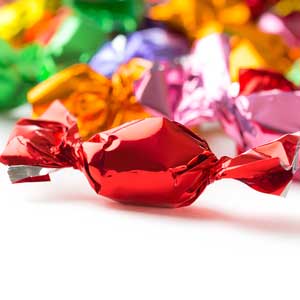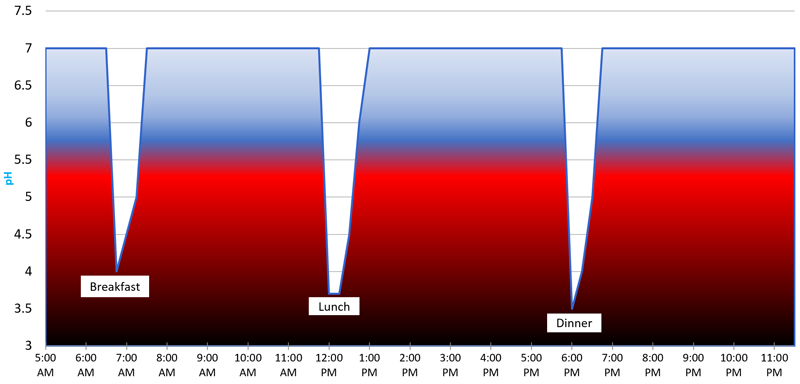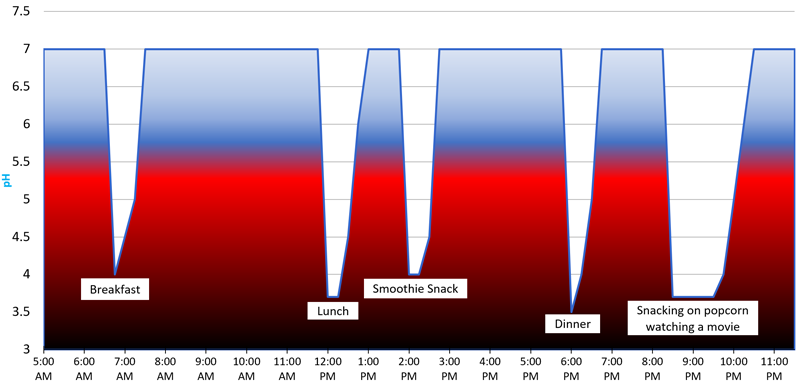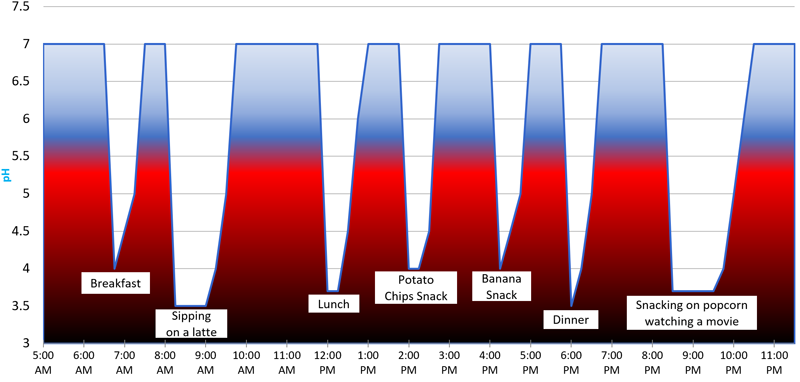:: ParamList ::
exec oc.GetBlogInfo
@DomainName = '.com' ,
@Language = 'en-US' ,
@BusinessUnit = 'OC' ,
@BlogCategory = '__ALL__' ,
@BlogType = 'Blog' ,
@BlogURL = 'say-so-long-to-tooth-decay-and-gum-disease' ,
@Brand = '__ALL__' ,

Arming Yourself To Fight Tooth Decay and Gum Disease
July 8, 2019
Tooth Decay and Cavities: What's the Truth?
Most of us understand that sugar is bad for our teeth. While that is true, it’s actually more than just sugar. Most forms of carbohydrates in your diet (sugars, starches, and complex carbohydrates) can cause cavities. In fact, if you never ate carbs at all, you wouldn’t get cavities!
This is because certain types of bacteria on our teeth take the carbohydrates we eat and transform them into acid. This acid softens (decays) the tooth surface until a “hole” or cavity forms.
It’s important to note that carbohydrates are ok to eat. You must, however, monitor the frequency or number of times per day you eat them. The more often you eat carbohydrates, the higher the risk of cavities. The total amount of carbohydrates is not as crucial.
For example, which is worse for your teeth?
- Eating 1 pound of candy in 10 minutes
- Nibbling 1 ounce of candy over the course of an hour
In this example, nibbling over the course of an hour is much worse, because your teeth are exposed to the carbohydrates and acid for a longer time. Snacking throughout the day means exposing your teeth to acid throughout the day.
Science and Saliva
To go a little deeper, let’s cover some basics. The strength of an acid is measured by pH. A pH of 0 is the strongest acid positive. A pH of 7 is neutral, or not acidic at all (think pure water).
After eating, our saliva hurries to clean the surfaces of our teeth, neutralize acid, and add calcium to the surfaces to re-strengthen them. This recovery process takes about 30 minutes after eating or drinking carbohydrates or acidic foods or juices.
Since saliva protects your mouth, having a dry mouth also increases your risk of cavities. That is why drinking enough water, and avoiding smoking and vaping are so important.
To illustrate the frequency effect, consider the three graphs below. The line represents the amount of acid in the mouth. Teeth start to decay below a pH of 5.5 (red zone). When the line goes below the critical pH 5.5, teeth begin to deteriorate. Teeth don’t recover until the line goes above 5.5 again.
Compare the graphs, and notice how snacking and eating cause the acidity to dip into the critical cavity zone. Someone who only eats 3 times a day is at lower risk for cavities than someone who snacks all day. As you can see, not eating carbohydrates too frequently protects you from cavities.
Acid Levels in the Mouth After Eating
Low Cavity Risk

Meals only, minimal time in the RED zone. Healthy teeth!
Acid Levels in the Mouth After Eating
Medium Cavity Risk

Snacks and meals, moderate time in the RED zone. Teeth at risk.
Acid Levels in the Mouth After Eating
High Cavity Risk

Lots of snacks and meals, lots of time in the RED zone. HIGH CAVITY RISK.
Plaque and Cavities
Plaque plays a role in cavity risk, too. Plaque compounds the effects of the acid. The more acid on your teeth, the softer your teeth become until permanent damage occurs. That is why it’s so important to remove plaque every day.
The WATERPIK water flosser has been shown to be more effective at removing plaque than string floss (and more fun!) and this leads to reducing cavity risk. As a bonus, using a water flosser right after eating helps neutralize the acid in your mouth as it flushes the acid away (something string floss can’t compete with)!
Say So Long to Tooth Decay and Gum Disease
My ambitious goal for my career as a dentist is to completely eradicate tooth decay and gum disease. I believe WATERPIK water flossers are a great, 21st-century approach to moving in that direction. With easier, more effective, and more fun oral hygiene, we will win the war against bad bacteria in the mouth!